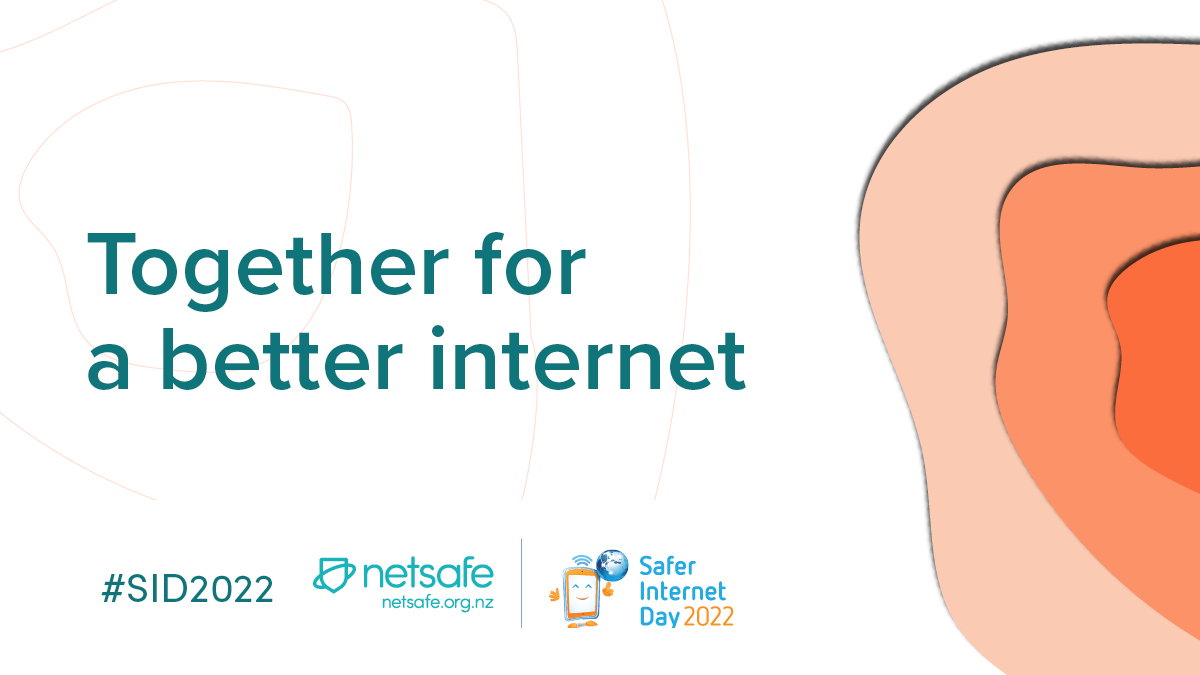Written by Bill Bennett, Technology Journalist
Safer Internet Day is an annual international day of action and awareness to help make a better online world that keeps everyone out of harm’s way. It has a special emphasis on protecting young people. This aligns with N4L’s goal of keeping ākonga safe online. Here I outline some practical ways schools and kura can make the internet safer and show where we can help.
Being a digital citizen is essential for ākonga learning from home without direct supervision. It starts with learning the basic skills needed to navigate the online world. We all want students to be confident online, to understand the potential and the risks that come with the internet and to feel they are in control of their experience. Knowing when they should look for help or report things that worry them as well as understand that not everything they see can be trusted and recognise poor sources of information is key.
Online learning has been a key part of modern education for years. When the pandemic arrived, it moved centre stage. Keeping ākonga safe while online and in the classroom was important before. Now we have learning from home, virtual classrooms and online testing. These make online safety critical. Today we need to protect learners both on and off the school premises.
N4L’s Managed Network protects ākonga in schools and kura by providing Safe & Secure Internet. It is a baseline set of tools and services that requires minimal effort on the part of schools and is fully funded for state and state integrated schools. It includes a managed internet connection and web filters that can protect learners from inappropriate material.
There is a firewall to prevent unwanted outsiders from accessing a school network. DNS protection is an extra layer of defence against attack and there is also protection from Distributed Denial of Service (DDoS) attacks which can cause the internet to crash.
In the second half of the school year from July to December 2021 N4L’s Safe & Secure Internet tools blocked 2.3 million online threats every school day. These were mainly malware attacks and malicious websites. The number of threats continues to rise, blocking 17 percent more in the second half of the year than in the first half.
On top of this, N4L blocked 2.2 million unsafe websites each school day. The most blocked sites are places where files are stored and shared. Gaming sites make up one in five of the blocks. If a school wants, they can also keep ākonga away from social media and instant messaging.
Safe & Secure Internet is a great starting point, but it doesn’t provide total protection and it doesn’t reach beyond the school. N4L’s Switch on Safety filter helps keep ākonga safe when they are learning from home. It’s a free filter that blocks the worst of the web so that children don’t have to deal with scam websites, malicious software and inappropriate content.
Tools like Safe & Secure or Switch on Safely can go a long way to reducing online harm, yet technology is not the complete answer. There’s a human dimension. Which is why this year’s Safer Internet Day theme: “Together for a better internet” is so appropriate. Keeping young people safe online is a team effort. It needs partnerships and co-operation across organisations and professional disciplines.
We work closely with the Ministry of Education, CERT NZ and Netsafe. CERT NZ provides information on security threats and advice on preventing them. There is some targeted advice for schools. It also collects information. It would be the organisation to contact if you are on the wrong end of a cyber-attack.
Netsafe’s focus is on keeping people safe online. Like CERT NZ it provides information, support and advice. It would be your first port of call if your school faces online safety problems. It also offers education tools to help schools deal with online safety.
There are some useful guidelines on safe and responsible technology use in schools on the Ministry of Education website.
In practice, online safety and cybersecurity are intertwined. Porn or other inappropriate material could be the lure for attackers to find a vulnerability to exploit.
Another important human dimension to staying safe online involves raising the general levels of awareness and understanding about risks. We need to help everyone, including ākonga to be successful digital citizens.
Perhaps the most important aspect of Safer Internet Day is the opportunity to raise awareness. In schools this can mean ākonga and their caregivers, but it can also mean raising awareness with teachers and colleagues. The Safer Internet Day website has some ideas and resources to help you get started.
Bill Bennett is an experienced editor and journalist specialising in technology and business. He has worked for New Zealand and international newspapers including the NZ Herald and The Australian Financial Review. He is also a regular technology commentator on RNZ Nine-to-Noon.


